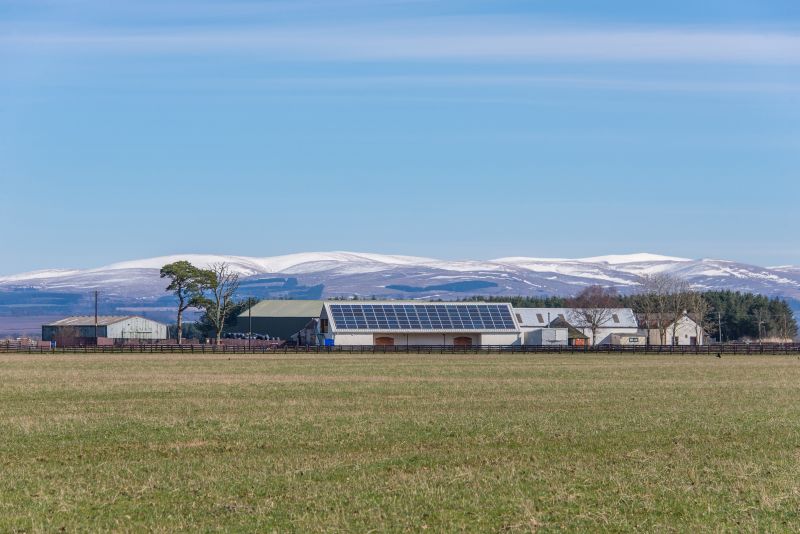
Scottish farmland prices may continue to hold firm in 2019 despite predictions of a sudden drop in prices due to Brexit uncertainty.
The price of good quality farmland will be maintained throughout 2019 and that any change in interest rates is far more likely to threaten price stability than any changes to subsidy payments, according to rural land agency Galbraith.
The firm points to the Agricultural Mortgage Corporation lending at 3.5 to 4% fixed over a 30-year period, which is 'very significant' for the farming industry.
Ian Hope, a partner with Galbraith, said that over the past ten years farmland prices have shown 'exponential growth'.
“This growth obviously tailed off in 2017/18 and in some regions, there may even have been a small dip in prices but overall prices have reached a plateau but have not fallen. The best quality land continues to be in strong demand,” he said.
In 2018, the highest price achieved for a block of bare agricultural land sold by Galbraith was £17,000 per acre, which is a record for the firm.
Perthshire and Fife land is still selling for £10-£13,000 per acre. In two or three examples, the purchasers did not buy the BPS entitlement as part of the purchase as the businesses had taken the decision to farm without subsidies.
There are a number of examples of farm businesses starting to operate as if they were in a non-subsidised industry, Mr Hope highlighted.
“There is scope for a potential fall in land prices in the livestock sector, perhaps partly due to changes in consumer lifestyles and reduced meat consumption, but farmers in these sectors are already adapting to the ever-changing market place,” he said.
“Whether it be switching to added value produce, diversification, renewable energy production or new environmentally friendly farming practices, farmers have a history of adapting and will continue to do so.
“We anticipate there may be a slight reduction in supply to the farmland market in 2019 driven by continued uncertainty due to Brexit, which is actually likely to maintain farmland values.
“We do not anticipate any significant price rises or falls in the coming years but expect land values to show flat or slight growth in the long term,” Mr Hope said.
